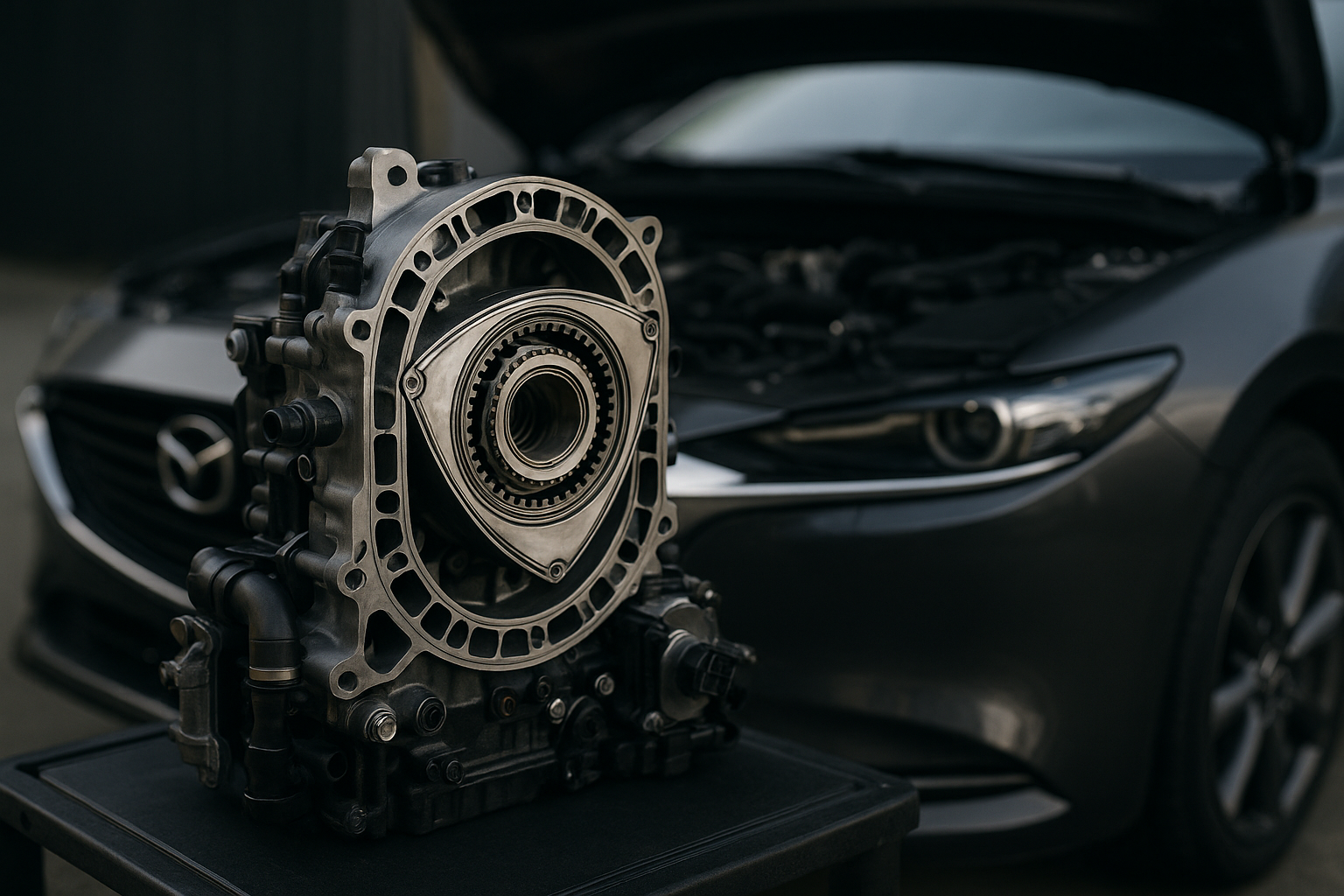The Business of Vehicle Maintenance and Repair Parts
The auto parts industry is a vast and intricate ecosystem essential for keeping vehicles operational globally. It encompasses everything from the manufacturing of individual components to their distribution and eventual sale to consumers and repair shops. Understanding this sector provides insight into the economics of vehicle ownership and the continuous innovation driving automotive technology.

How the Auto Parts Industry Operates
The auto parts business is structured around a complex supply chain that ensures components are available for both new vehicle manufacturing and the maintenance of existing ones. This process typically begins with original equipment manufacturers (OEMs) and aftermarket manufacturers. OEMs produce parts directly for vehicle assembly lines and often supply replacement parts through dealership networks. Aftermarket manufacturers, on the other hand, produce parts designed to replace or enhance original components, selling them through a wide range of retail channels, including independent auto parts stores, online platforms, and repair shops.
The distribution network for auto parts is extensive, involving warehouses, regional distribution centers, and various logistical operations. Parts move from manufacturers to wholesale distributors, who then supply retailers and service centers. This multi-tiered system ensures that a comprehensive inventory of parts, from common wear-and-tear items to specialized components, is readily accessible to meet consumer demand and service requirements globally.
Types of Auto Parts and Their Market Segments
The auto parts market can be broadly categorized into several segments, each serving distinct needs. Original Equipment (OE) parts are identical to those installed on vehicles during manufacturing, often sourced directly from the vehicle manufacturer or their approved suppliers. These are typically associated with dealerships and are valued for their guaranteed fit and quality.
Aftermarket parts represent a significant portion of the industry. These parts are produced by companies independent of the vehicle manufacturer and can be either replacement parts (designed to be direct substitutes for OE parts) or performance/accessory parts (designed to enhance a vehicle’s functionality or appearance). The aftermarket offers a wide range of choices, often at varying price points, appealing to consumers seeking alternatives to OE components. This segment includes everything from routine maintenance items like oil filters and brake pads to more complex engine and transmission components, as well as aesthetic upgrades and specialized accessories.
Current Trends in the Auto Parts Market
The auto parts market is continuously evolving, driven by technological advancements in vehicles and shifts in consumer behavior. The rise of electric vehicles (EVs) is a notable trend, introducing new types of components like batteries, electric motors, and specialized charging systems, while reducing the demand for traditional internal combustion engine parts. This shift necessitates adaptation from manufacturers and distributors alike.
E-commerce has also profoundly impacted the industry, allowing consumers to research, compare, and purchase parts online with greater ease. This has led to increased competition and a greater emphasis on logistics and efficient delivery services. Additionally, there is a growing focus on sustainability, with initiatives around remanufactured parts, recycling programs, and the use of eco-friendly materials gaining traction as environmental concerns become more prominent in consumer and industry decisions.
| Product/Service | Provider Category | Cost Estimation (USD) |
|---|---|---|
| Brake Pads (Set) | Independent Auto Shop | $80 - $200 |
| Oil Filter | Online Retailer | $10 - $30 |
| Car Battery | Auto Parts Store | $120 - $300 |
| Wiper Blades | General Retailer | $20 - $60 |
| Spark Plugs (Set) | Independent Auto Shop | $40 - $150 |
Prices, rates, or cost estimates mentioned in this article are based on the latest available information but may change over time. Independent research is advised before making financial decisions.
The auto parts business remains a critical sector, adapting to technological changes and consumer demands. Its intricate network of manufacturing, distribution, and retail ensures that vehicles can be maintained and repaired, supporting personal mobility and commercial operations worldwide. As vehicle technology advances and market dynamics shift, the industry continues to innovate, providing a wide array of solutions for vehicle owners and service providers.




